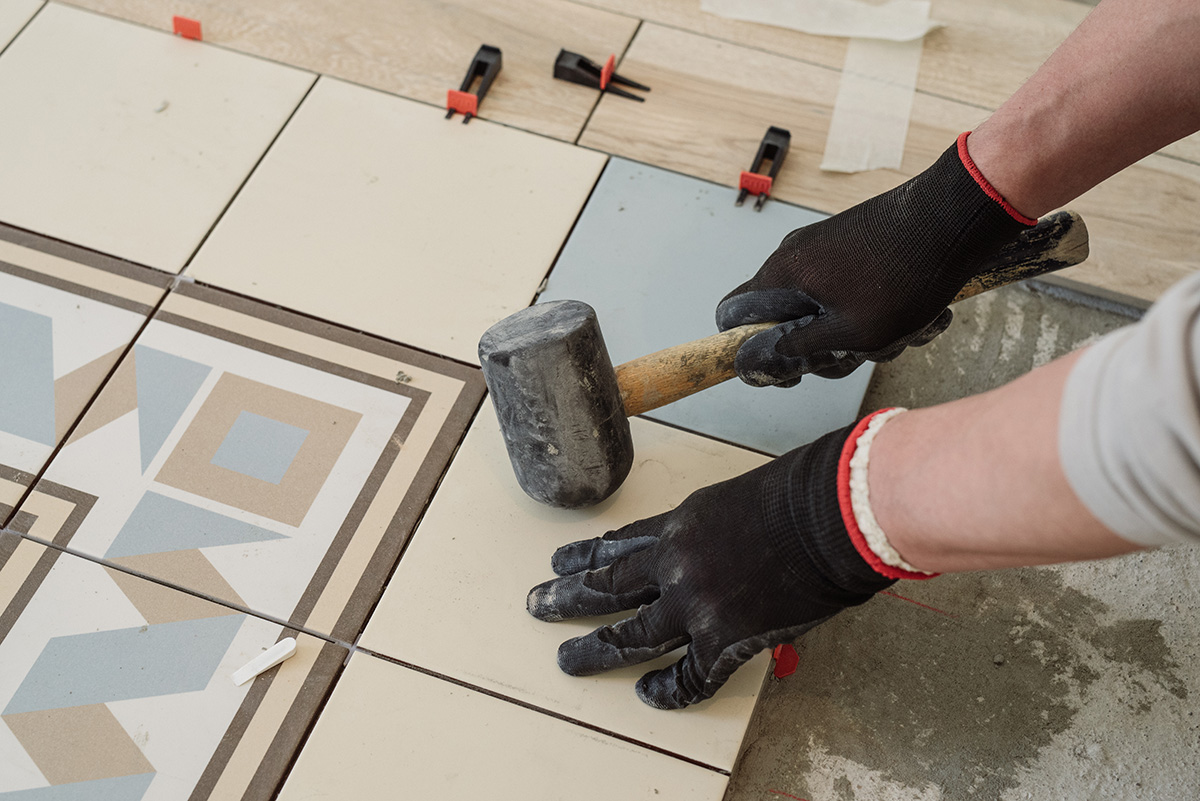
One aspect of tiling walls and floors that should never be overlooked is adhesives. If you don’t use an adhesive or grout that is suitable for yours tiles and the surface they are bonded to, you may eventually end up with loose or falling tiles - or other damage - when you least expect it.
Polymer or rubber based adhesives are suitable for use with almost any tiles on most surfaces including fibre-cement, gyprock and particle board. They have a large amount of flex which can compensate for tiles that are laid over cracked concrete floors or flexing boards.
In general, you can use a regular tile adhesive for softer tiles. For harder tiles such as porcelain, vitrified or monocotura tiles, you will need a stronger, superior adhesive which contains more polymer and cement. However, you should not use superior adhesives with softer tiles, since this type of adhesive may pull down on the “biscuit” layer of the tile so much, that the glazed top layer may start to craze up or separate from the rest of the tile over time.
Common types of tile adhesives:Cement-based adhesives are suitable for tiling on concrete floors or cement-rendered walls.
Polymer or rubber based adhesives are suitable for use with almost any tiles on most surfaces including fibre-cement, gyprock and particle board. They have a large amount of flex which can compensate for tiles that are laid over cracked concrete floors or flexing boards.
Cement rubber reinforced or CPR adhesives contain a combination of rubber and cement compounds. They are less flexible but can be used for tiles attached to Hardiflex board.
Mastic adhesives have very sticky characteristics, but may not be suitable for wet areas in the bathroom or laundry.
Remember always check with your tile supplier or the specifications from the tile manufacturer to ensure that you use the right adhesives for your next tiling project!
